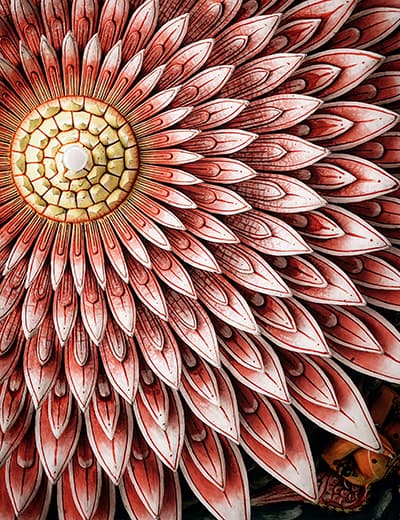
NARRATIVES
CALCUTTA FOR THE FIRST TIME
East India
Visiting Calcutta for the first time, we were a bit fearful, reducing the West Bengali capital to a stereotype of poverty crafted by ignorance over time. But Calcutta (or Kolkata), the city of Mother Teresa, had plenty of surprises in store for us; today we can all affirm that we have discovered a place of great refinement and mind-boggling contrasts. Calcutta is the city of Kali, the terrifying goddess who can destroy all demons, as well as the tiniest of our illusions. A visit to the Kali temple here is an aggression to our Western rationality, a riddle, impossible to solve for our commonly applied mental approach. The density of the atmosphere is palpable and the fervour of the devotees makes me wonder what it is that they receive from the darshan, a glimpse of the deity.
I am glad that Jyoti, our travel representative, is with us. Calcutta, like the rest of India, surfs today on a wave of economic expansion: the housing market is booming, energetic traffic congestion has increased, consumerism is apparent now. There is always a queue in front of Ganguram, the best shop in town for rasmalai, the delicious milk sweets.

Bengalis will never part with their legendary kindness to strangers. We had a chance to experience it first-hand when our car got a puncture and we found ourselves, three English ladies dressed up for a dinner party, waiting on Chowrangee road for reparations. A gentleman in his sixties pulled up in his sky-blue Ambassador and asked us if he could be of help. We looked at each other and could not refuse what we thought was an out-of-the-world kindness. Our driver joined us later, once the car was repaired. The next day we were to visit Rabindranath Tagore’s house in the northern part of the city. The neighbourhood took us back to the early 19th century. We had chai from a street vendor who served it in tiny clay cups to be thrown away after use, in order to be washed away by the next rain, a very ecological and hygienic system. Then we followed our guide, Reika, through the gardens of the 18th-century mansion built by Tagore’s grandfather.
The three of us wanted to come here almost on a pilgrimage, out of sheer admiration for his poetry, which can make even a stone heart melt. Now a museum, the poet’s home with its vast and pleasant galleries, offers a splendid compilation of Tagore’s creations. An accomplished painter and a political activist as well as an educator, the man was truly an accomplished artist. The visit to his house taught us a lot about his life and left us in awe of his accomplishments, so much so that we decided to follow our agent Mr Basu’s advice to travel a hundred miles away to Shantiniketan. The abode of peace, Tagore’s open-air university, is still today, one of the most prestigious centres of learning for Humanities in India. Kala Bhavana, the art college of Shantiniketan, is considered to be one of the best in the world.



We took a train there from Sialdah station, which is worth seeing in itself. Soon after we moved out into the most poetic Bengali countryside, a small man in a red uniform ceremoniously served us tea and biscuits. After a while, a barefooted baul, or folk bard, accompanied by a one-string instrument, charmed us with a melancholic song written by Tagore, whose photographs were posted up in the train where maps and advertisements are displayed in Europe. Despite yielding very simple accommodations, Shantiniketan had a moving experience in store for us. We crisscrossed the campus on bicycles, bathed in a golden light, we heard students practice music, we saw artwork scattered all over, we sat in silence under the banyan tree that had shadowed the great man’s meditation. When Lucy broke the silence, she said, almost talking to herself: “In my next life, I want to study here.”
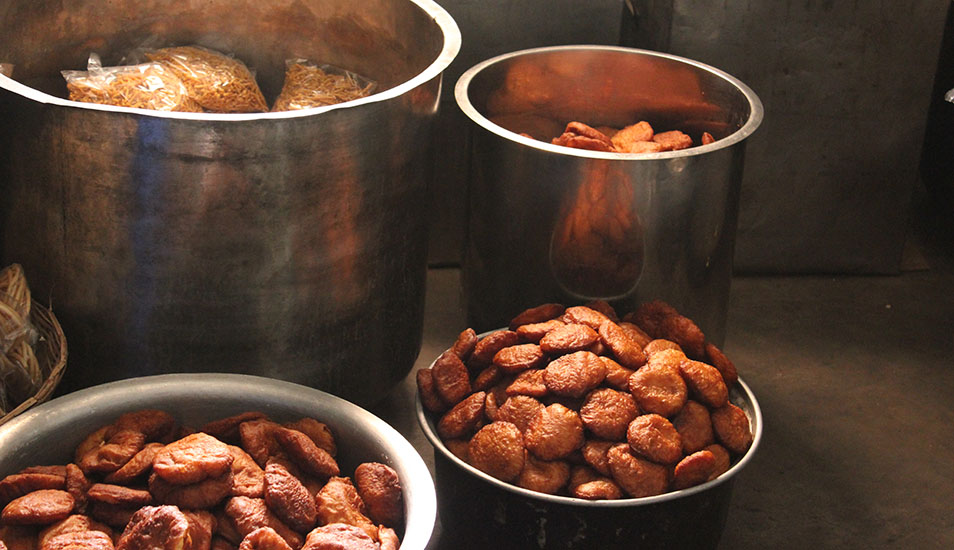
The Home Confectionery
From where I stood, there was no way to guess what was cooking inside the large mansion. From outside the...
Narrative • South India
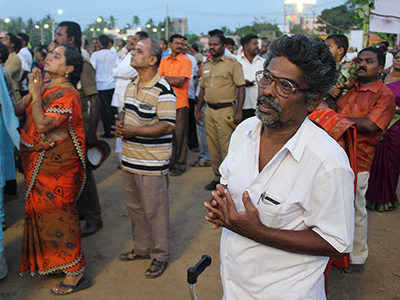
The Celestial Wedding
Somehow, after a journey through India, my perception of humanity becomes clearer; my enthusiasm for life feels renewed. The more...
Narrative • South India

In Search of Artisans
Delve into our journey with Hole & Corner across Rajasthan where we explored handicraft and textile traditions in this land of plenty...
Behind-The-Scenes • North India
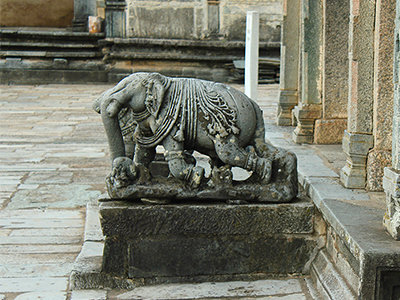
Where Stones Speak
This journey traces the legacies set in stone, of empires that ruled the Deccan across the classical and medieval periods of history...
Bespoke Journey • South India
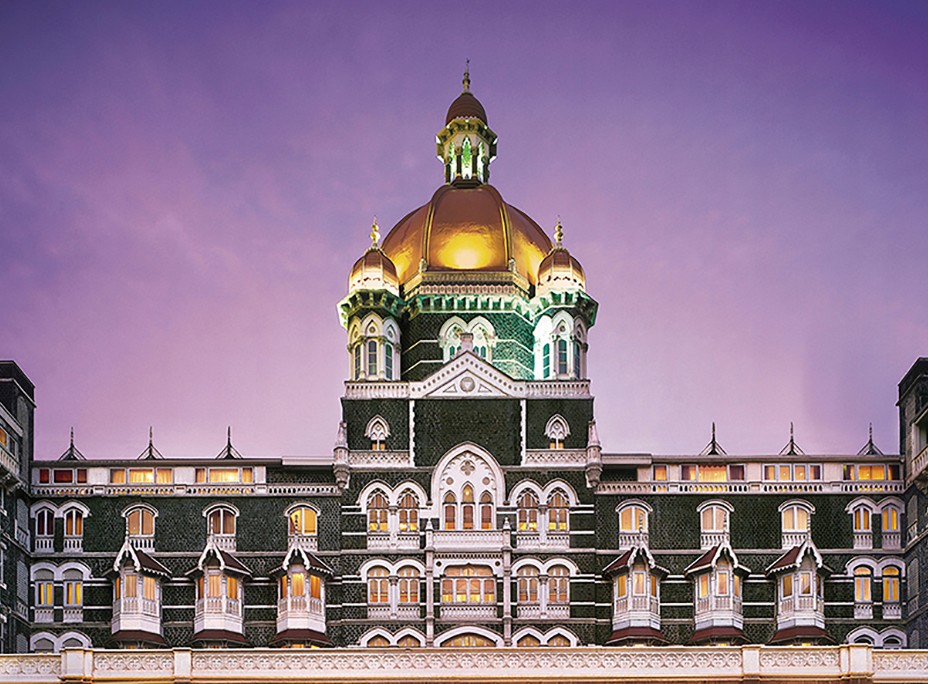
Taj Mahal Palace
Under the glimmering lights of the bustling city of Mumbai lies a timeless structure. As the streets...
Hotel Guide • West India
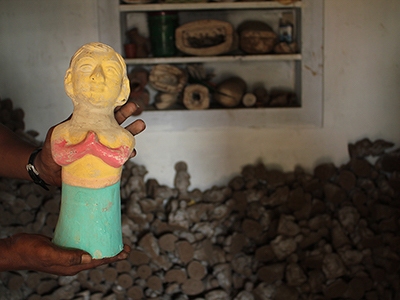
The House of Toys
In Vilachery, near Madurai, all come to find an icon, an idol, a doll, a toy...

